Having arranged a fire risk assessment for my new business who will now come and check this and confirm that we have gone through the process correctly?
It is a legal requirement to carry out a fire risk assessment. No one from the fire service will routinely check this has been undertaken unless the business is selected for a fire safety audit as part of the inspection program or if there is a fire incident at the premises.
It may be checked by the Environmental Health service at the local authority. As part of a routine food safety inspection the Environmental Health Officer (EHO) may check health and safety arrangements and offer the business some general advice and guidance on fire safety matters. If whilst inspecting the premises they identify fire safety hazards and have concerns, then they may refer the business to the fire service to audit or carry out follow up investigations utilising their enforcement powers under the Fire Safety Order.
The business may also be asked to demonstrate that a fire risk assessment has been completed by the licensing authority as part of applying for a premises licence to sell alcohol etc.

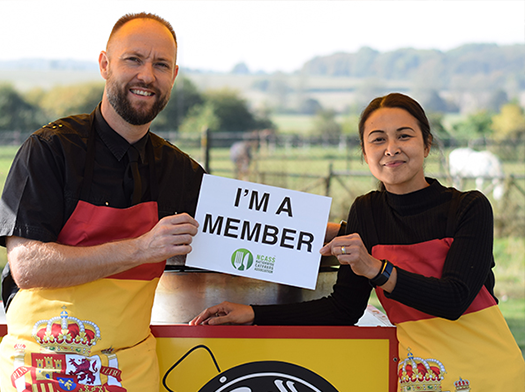
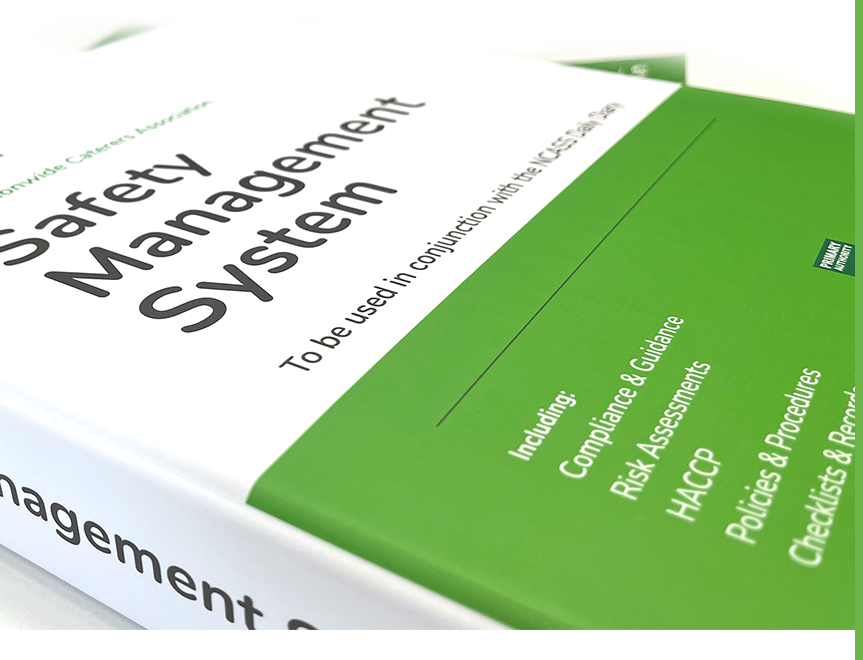
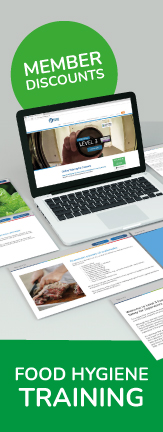
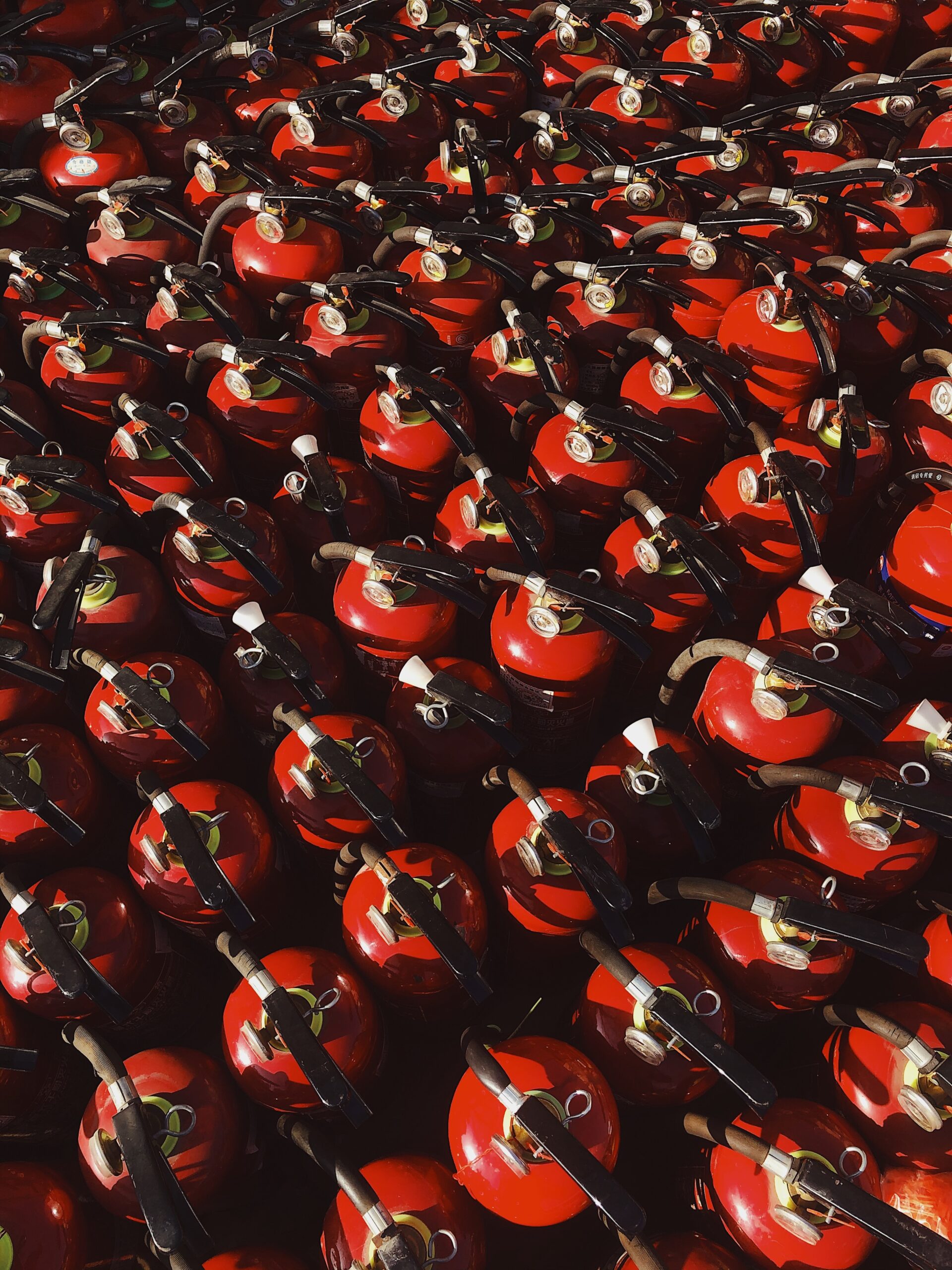
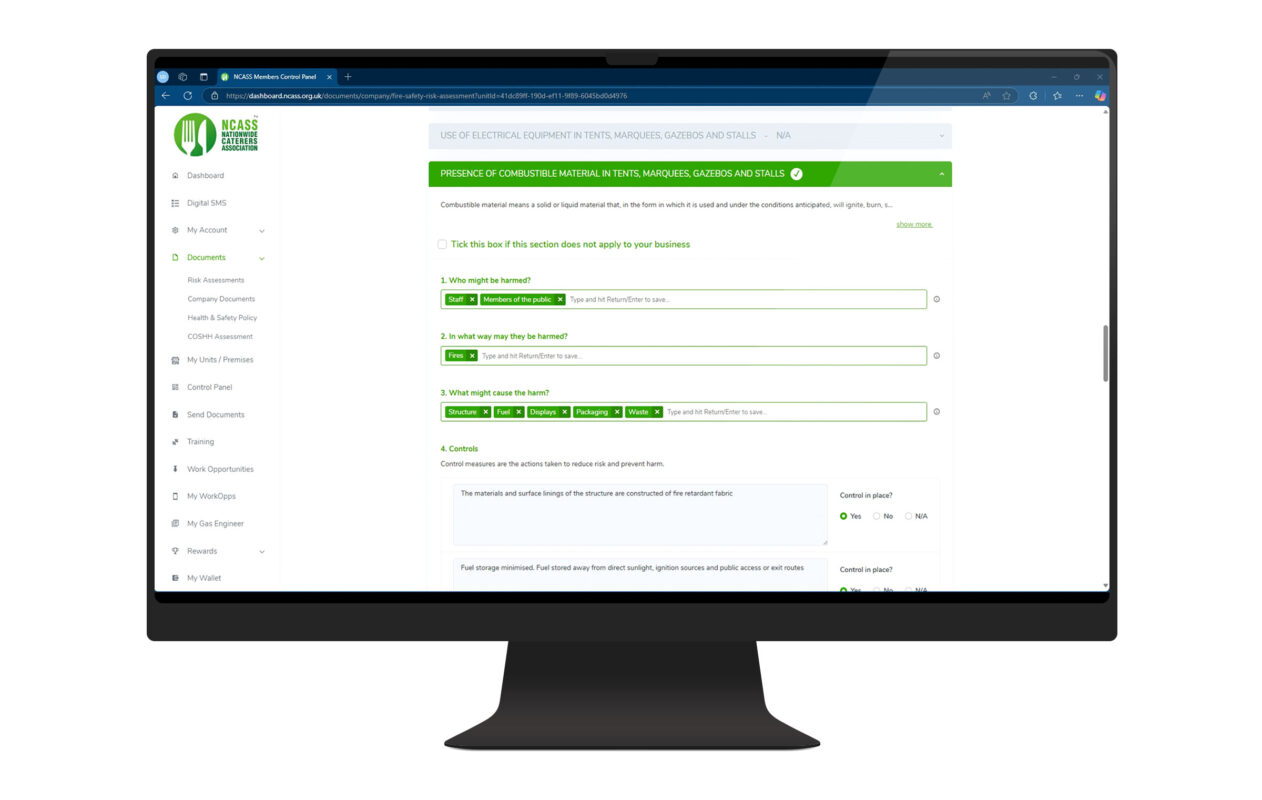
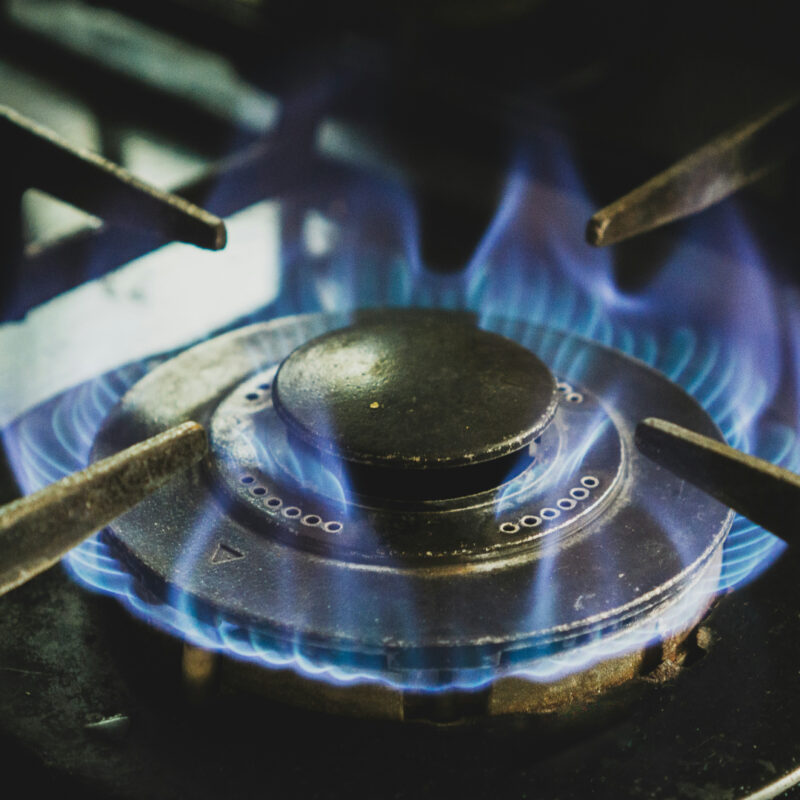

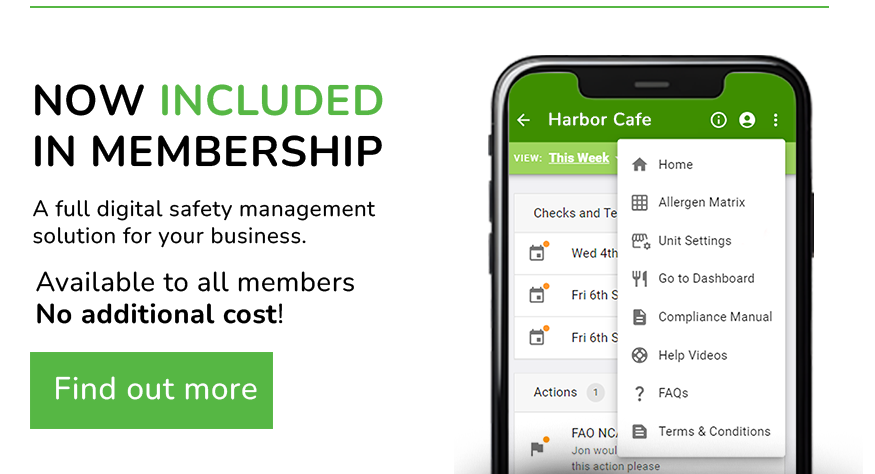
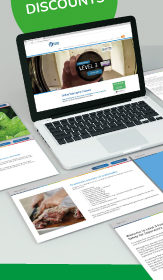 Featured Training
Featured Training